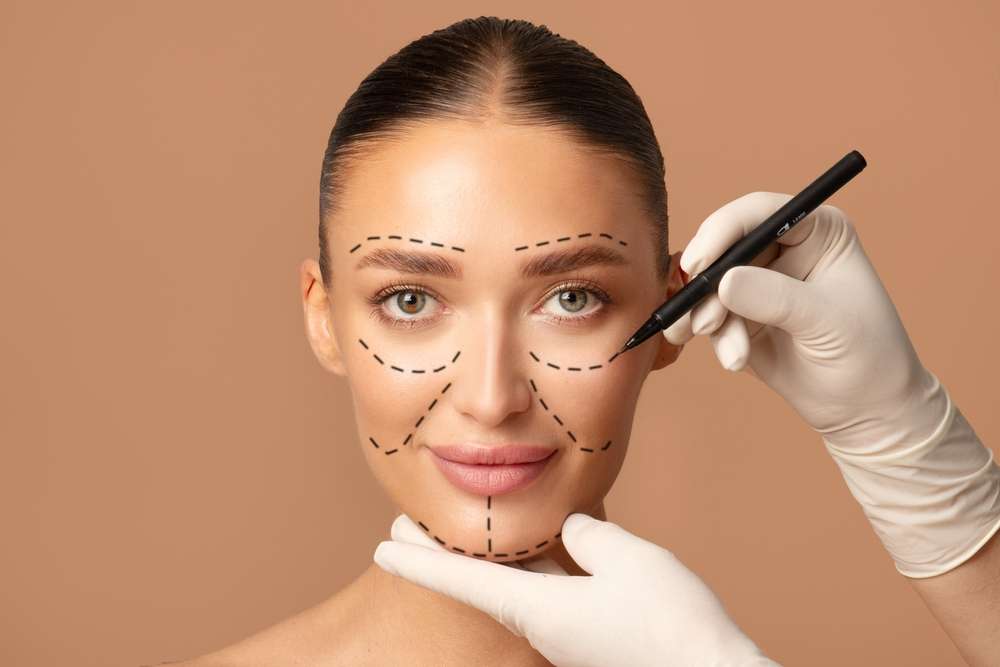Face Shaper: Non-surgical and Surgical Options
Face shapers describe a range of approaches—devices, exercises, injectables, and surgical procedures—intended to change facial contours. Some aim to alter soft tissues, others target bone or cartilage. This article explains common approaches, what they can and cannot achieve, and key medical considerations to weigh before pursuing facial modification.

This article is for informational purposes only and should not be considered medical advice. Please consult a qualified healthcare professional for personalized guidance and treatment.
How do face shapers affect the face?
“Face shaper” can mean products or procedures that change facial contours. Non-surgical options include topical devices, facial exercise routines, dermal fillers, and neuromodulators that alter soft-tissue volume or muscle activity. These methods can provide temporary changes in cheek, jawline, or lower-face fullness. Results vary by anatomy, practitioner skill, and product. Expectations should be modest for devices and exercises; injectable treatments tend to provide more predictable, though temporary, contour changes.
Can face shapers alter the nose safely?
Non-surgical nose reshaping—sometimes called a liquid rhinoplasty—uses injectable fillers to adjust small irregularities, smooth a dorsal hump, or lift a tip. It can be effective for minor contour refinements but cannot reduce nasal bone or cartilage volume. Safety depends on practitioner experience and vascular anatomy; improper technique risks skin necrosis or vision loss. For patients considering nasal changes, a thorough medical assessment and treatment by an experienced clinician are essential.
When is surgery considered for shaping?
Surgery is considered when structural change is needed that non-surgical options cannot deliver: reducing nasal size, reshaping cartilage, altering bone, or addressing breathing problems. Surgical face-shaping procedures range from rhinoplasty to orthognathic surgery and facelifts. Surgery offers permanent or long-lasting results but carries higher complexity, longer recovery, and distinct medical risks. Candidates for surgery should have realistic expectations and a clear understanding of recovery timelines and possible complications.
What does rhinoplasty involve?
Rhinoplasty is a surgical procedure to modify the nose’s form and function. It can be classified as cosmetic (changing appearance), functional (improving breathing), or both. Techniques vary—open or closed approaches, cartilage grafting, and bone reshaping—based on goals. Preoperative planning often includes imaging and discussion of aesthetic goals and airway function. Recovery typically involves initial swelling and bruising, with final contour settling over months. Discussing risks, goals, and alternatives is a core part of preoperative consultations.
What medical risks and assessments are needed?
Any facial modification—non-surgical or surgical—has potential medical risks. Common concerns include infection, asymmetry, prolonged swelling, scarring, nerve injury, and, in rare cases, vascular complications. Medical assessment should include medical history, medication review, assessment of skin and tissue quality, and, for surgery, evaluation for anesthesia fitness. Practitioners should explain risk mitigation steps such as sterile technique, appropriate dosing, and emergency protocols for vascular events in injectable procedures.
How to find local medical or cosmetic services
When looking for local services, prioritize board-certified specialists (plastic surgeons, facial plastic surgeons, or dermatologists) with documented experience in the specific procedure. Review before-and-after photos, verified patient reviews, and whether the provider practices in accredited facilities. Ask about training, complication management, and follow-up care. Consultations allow you to compare approaches—non-surgical versus surgical—and help determine which option aligns with your anatomy and goals while keeping medical safety central.
Conclusion
Face shaping encompasses a spectrum from at-home devices and injectable treatments to surgical rhinoplasty and facial operations. Non-surgical options can offer temporary contour changes with lower recovery, while surgery provides structural and longer-lasting results but with higher complexity and risk. Careful research, realistic expectations, and consultation with qualified medical professionals help ensure decisions are informed and appropriate for individual anatomy and health.
Sources






